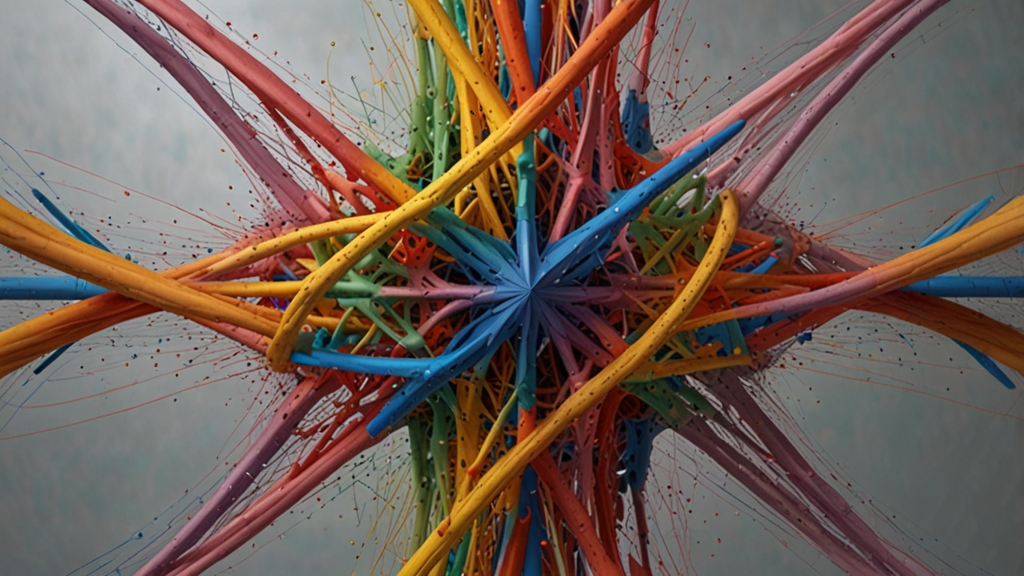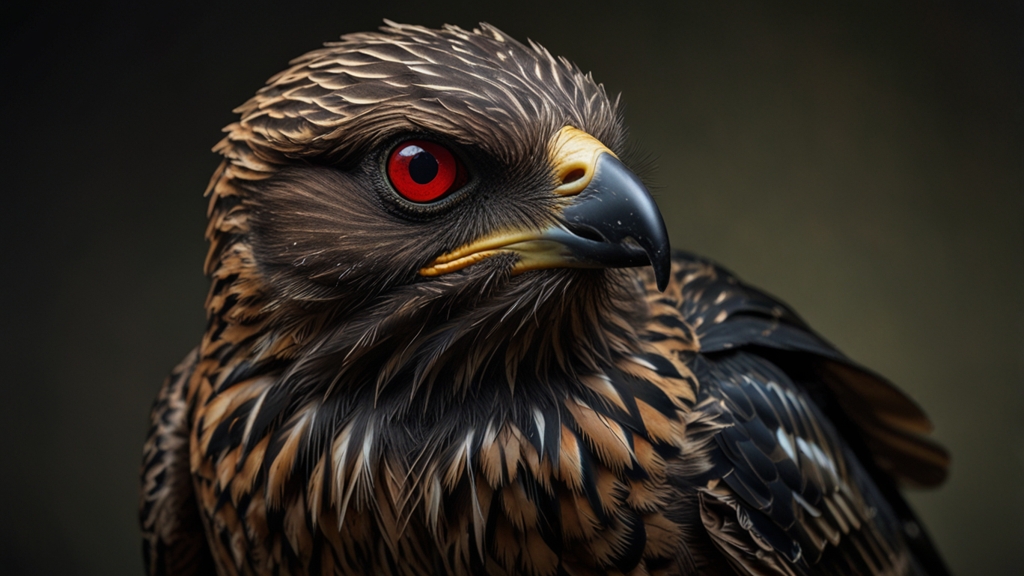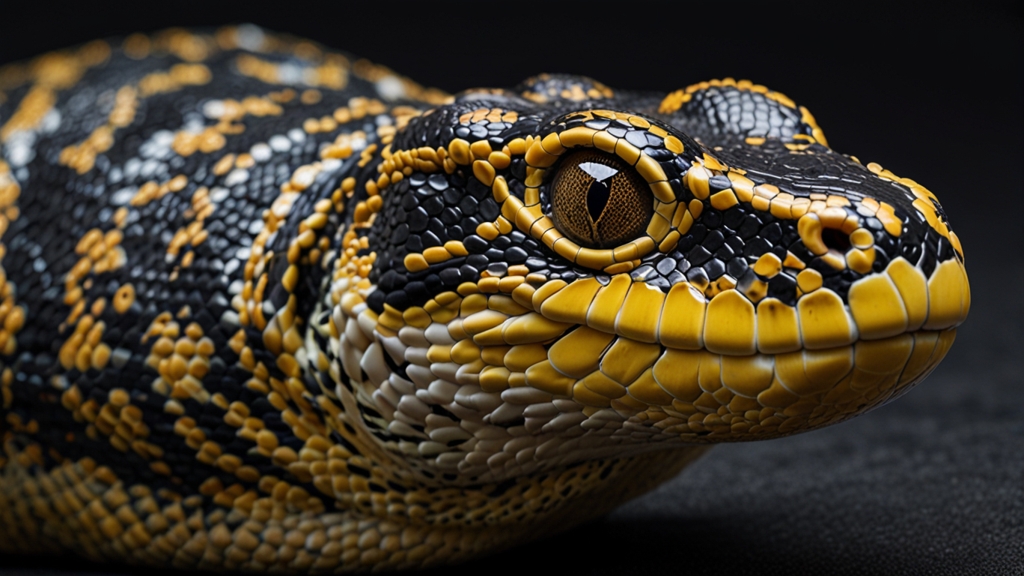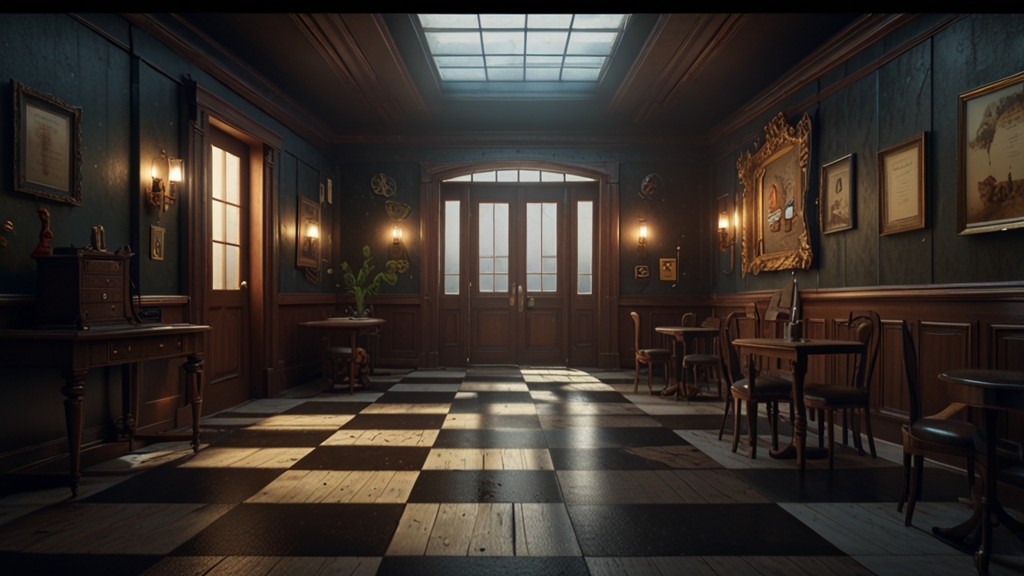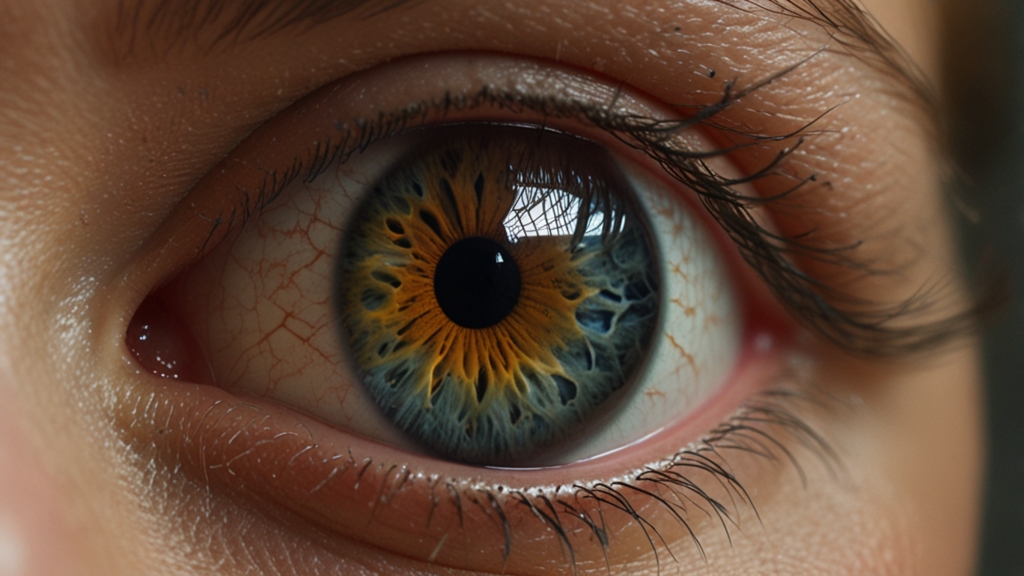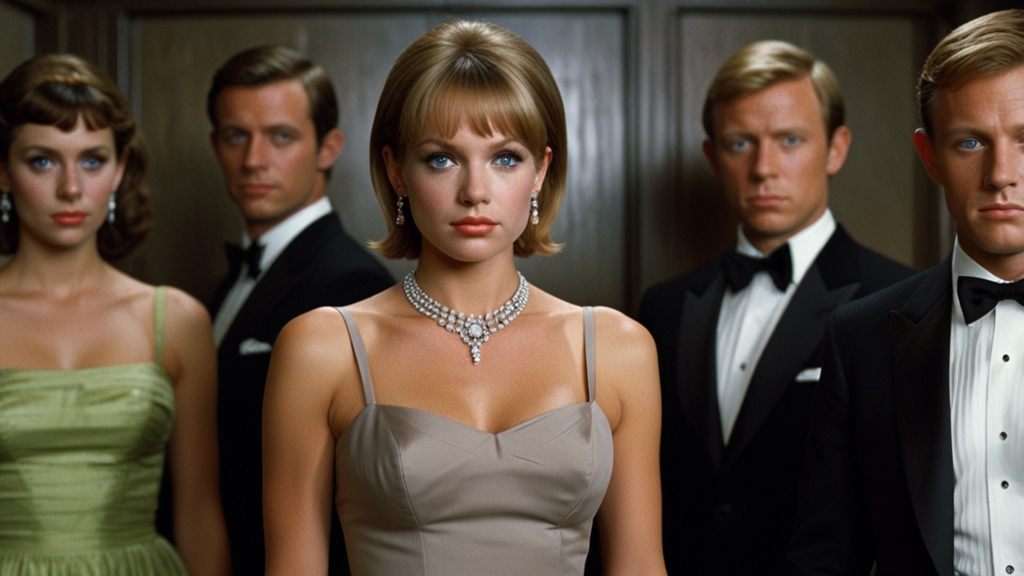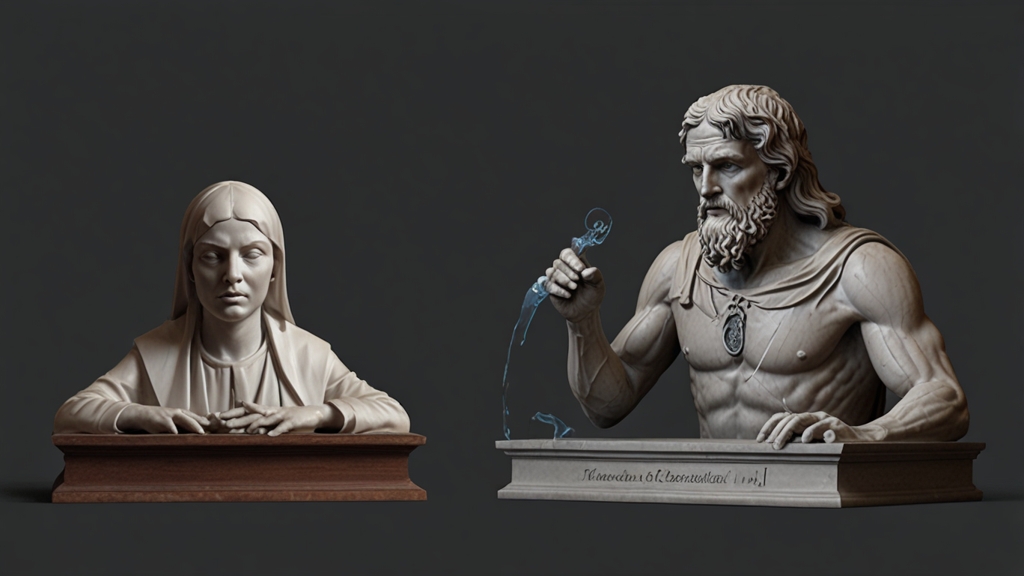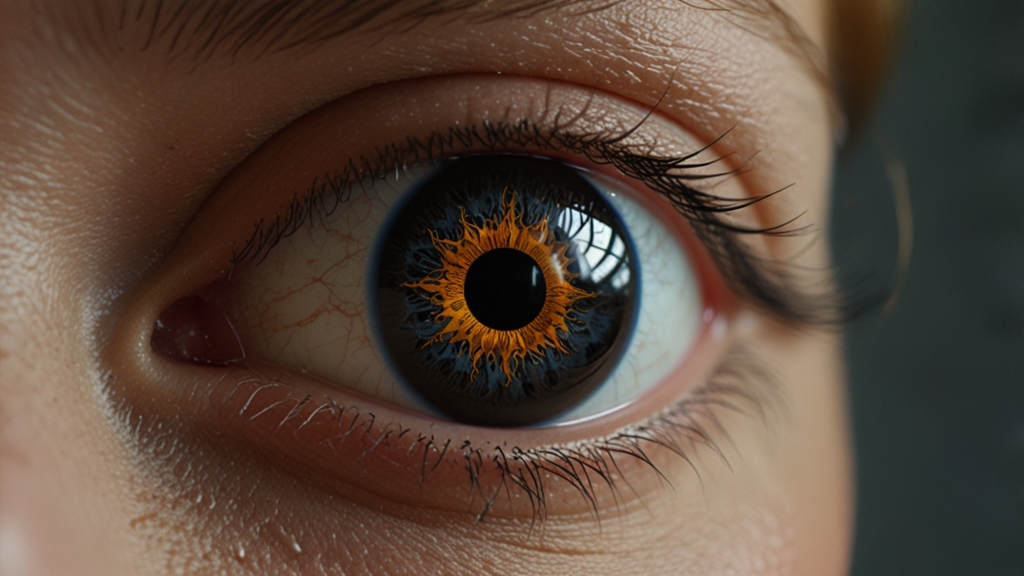The Unusual Beauty of Mathematics: Finding Art in Algorithms
When most people think of art, they conjure images of paintings, sculptures, or perhaps a symphony. Mathematics might be considered the farthest thing from these creative expressions, but this is due to a misunderstanding of what constitutes art. Mathematics, especially through algorithms, can produce some of the most stunning visual and conceptual art pieces imagined. This intersection of disciplines reveals an unusual beauty that changes our perception of both fields.
The Creative Pulse of Algorithms
Algorithms are essentially step-by-step procedures for calculations, data processing, and automated reasoning. Sounds mechanical, doesn't it? However, let’s delve into the elegance underlying these processes. Consider the Mandelbrot set, one of the most famous examples of visual beauty arising from mathematical algorithms. This set, discovered by mathematician Benoit Mandelbrot, is defined by a simple iterative algorithm, yet it generates a complex and infinitely detailed fractal pattern.
"Mathematics is, in its way, the poetry of logical ideas." – Albert Einstein
Einstein’s observation resonates strongly here. The fractal patterns not only demonstrate iterative beauty but also inspire awe by visually representing infinity. Through the Mandelbrot set, viewers can experience art that challenges their understanding of space, dimension, and depth.
The Symbiosis between Code and Creativity
In recent years, the realm of algorithmic art has expanded, aided by powerful computers and innovative coding environments. Artists and programmers collaborate to create generative art—art that is created by algorithms. Using programming languages such as Processing or Python, creators can generate intricate designs that evolve, adapt, and even respond to external stimuli.
Generative art can imbue a sense of organic growth and dynamism into the static digital canvas. Norman White's "The Helpless Robot" is a fine example. The machine, programmed to request help from human participants, created an ever-changing relational dynamic that was part art installation, part behavioral study.
Such pieces highlight a key aspect of algorithmic art: interactivity. Unlike traditional mediums, algorithmic art can modify its output based on input parameters, producing a nearly infinite variety of manifestations from a single algorithm. This adaptability is the epitome of an artistic process where the original concept continually evolves.
The Mathematical Aesthetics in Music
The influence of algorithms isn't confined to visual art; music too can be generated algorithmically to reveal unexpected harmonies and novel compositions. Take "algorithmic composition," where algorithms are used to create music. Pioneers like Iannis Xenakis utilized mathematical models to compose pieces that are as intricate and emotionally resonant as any conventionally composed work.
"Programs are abstract representations of often complex, recursive systems. Not unlike a symphony or a novel, they are highly structured and multilayered artworks." – Donald Knuth
Knuth’s statement reinforces the notion that algorithms, while firmly entrenched in logic and structure, serve as a canvas where boundless creativity can unfold. The rhythmic patterns, harmonics, and tonal structures generated algorithmically can stimulate the same emotional and intellectual responses as traditional compositions.
Mathematics as a Language of Beauty
Ultimately, mathematics provides a universal language that can articulate beauty in ways not limited to traditional art forms. Whether through the infinite complexity of fractals, the generative potential of code, or the harmonic structures in algorithmic music, mathematics and algorithms reveal an inherent beauty that transcends their utilitarian purposes.
The recognized connections between math and art can change how we approach both subjects. They invite us to see math not as a series of dry, lifeless formulas but as a profound, expressive language capable of producing awe-inspiring works of art. And in this interaction, we find the true essence of the unusual beauty of mathematics.
